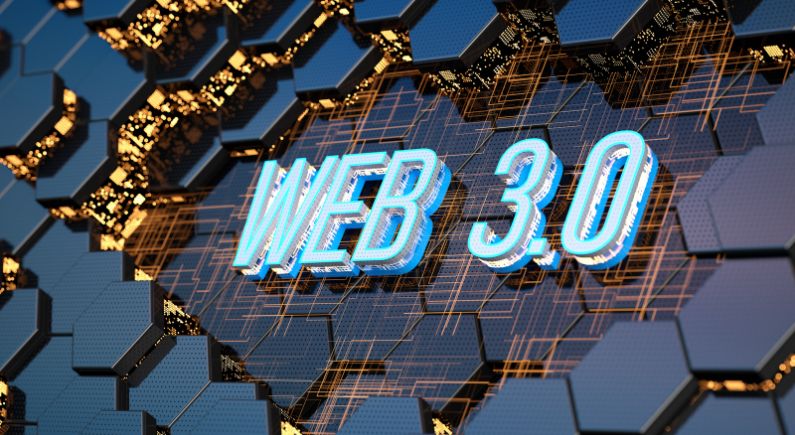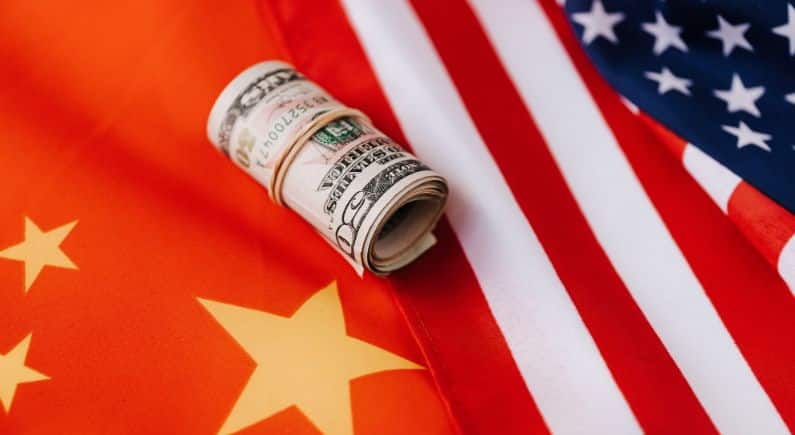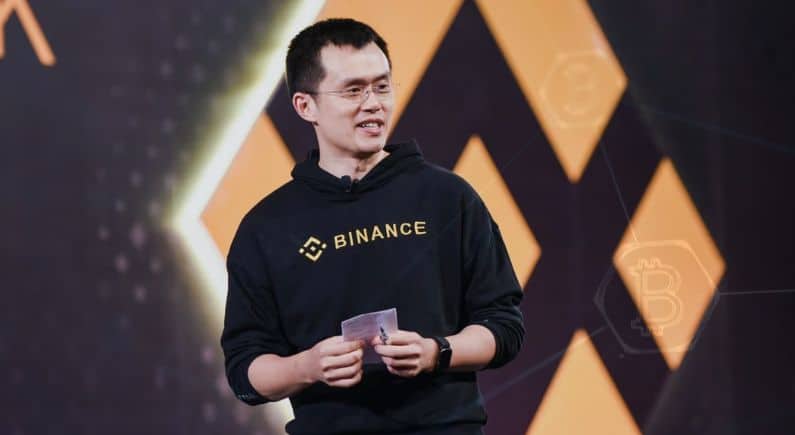Beyond meme coins: Experts analyse the real trends driving Web3 growth

The world of blockchain and crypto is no longer a niche market for technologists and early adopters. As we move through 2025, Web3 is shifting from theory to application — transforming how we engage with finance, ownership, gaming, and digital identity. This evolution is fundamentally driven by the convergence of three essential components: scalable infrastructure (Layer 2), legislative clarity, and the tokenisation of various assets, including digital and real-world properties.
Meanwhile, governments and regulators — particularly in dynamic regions like Southeast Asia, India, and the EU — are scrambling to define compliance frameworks that keep pace with innovation without stifling it. The emergence of AI-crypto integration, real-world asset (RWA) tokenisation, and central bank digital currencies (CBDCs) is adding further complexity — and opportunity — to the space.
At the AIBC Asia Event, we had the opportunity to sit down with two industry leaders — Jose Mendoza of Bitget and Tejinder Kumar of Kyrrex — to explore how compliance, scalability innovations, and tokenisation are shaping Web3 across Southeast Asia and beyond. Their perspectives encompass both emerging markets and mature regulatory environments, providing a comprehensive view of where crypto is headed — and what it will take to get there.
Layer 2s: Long-term solution or temporary fix?
As blockchain gaming and decentralised applications continue to grow in complexity and scale, Layer 2 (L2) solutions have emerged as a critical component of the puzzle. Both Mendoza and Kumar agree that L2s are not just temporary patches but vital to the infrastructure of Web3 — though their emphasis diverges.
Jose Mendoza highlighted how Layer 2s like Morph are already “being used in real-world applications such as payments” across Southeast Asia. For Mendoza, the immediate utility and efficiency in areas with high transaction volume make L2s not only practical but essential.
Mendoza stated, “Layer 2 solutions are currently being used for real-world applications such as payments. These solutions are effective for transactions ranging from minimal to large amounts.”
Tejinder Kumar, meanwhile, used a compelling metaphor: “Layer 2 solutions are like the evolution of mobile phones with the introduction of app stores.” His vision is broader, seeing L2 as an enabler of long-term innovation that will define the user experience in blockchain gaming and beyond.
Kumar explained, “Layer 2 solutions open the door to innovation for blockchain games. They enhance the experience for both gamers and developers, enabling greater scalability and lower gas fees. Layer 2 is here to stay, and companies that do not adopt it may fall behind.”
Southeast Asia’s role in the global metaverse economy
Southeast Asia is quickly becoming a key centre for Web3 innovation thanks to a number of factors, including a young, tech-savvy populace, rising internet usage, and encouraging government regulations. With a strong yearly growth rate of 50.2 percent, the region’s Web3 industry is expected to reach over USD 6.4 billion by 2030. Leading the way in this change are nations like the Philippines, Vietnam, Thailand, and Indonesia.
This trend aligns with the insights shared by Jose Mendoza. He emphasised Southeast Asia’s unique position in driving the advancement of Web3. According to him, the region’s strength lies in its ability to funnel users from Web2 into Web3 through practical, accessible platforms — especially in gaming and payments. He highlighted that the popularity of P2E models in countries like the Philippines, Vietnam, Indonesia, and Malaysia is more than a trend — it’s a gateway to financial inclusion.
Mendoza noted, “Southeast Asia is playing a significant role in Web3 adoption, primarily focusing on retail and user-based applications. There is also institutional interest, especially in digital payments and cross-border transactions. Web3 gaming is particularly popular in countries like the Philippines, Vietnam, Indonesia, and Malaysia.”
Under-the-radar web3 trends
With meme coins and AI integrations dominating headlines, it’s easy to miss the foundational shifts that could define the next crypto cycle. Both experts highlighted Real-World Asset (RWA) tokenisation and education as underrated yet transformational.
Jose Mendoza mentioned three trends — AI, real-world assets (RWA), and education — and highlighted how technologies like OpenAI are already shaping “risk management, identity verification, and user experience” in Web3 projects.
Mendoza also added, “Three emerging trends in the next few years are AI, real-world assets (RWA), and education. The Philippines has many Overseas Foreign Workers (OFWs) who benefit from lower remittance fees using stablecoins. Coins.ph has released a PH stablecoin for cross-border payments. Other countries are developing their CBDCs, facilitating the conversion of fiat currencies and bridging the gap between Web3 and traditional finance.”
Tejinder Kumar doubled down on RWA tokenisation, particularly in use cases such as real estate-backed tokens in Dubai. In his words: “Unlike meme coins, RWAs have tangible value.”
Can regulation and decentralisation coexist?
The regulatory landscape is shadowy, particularly in tightly governed regions like the EU and India. We explored how true decentralisation can coexist with increasing compliance demands.
Tejinder Kumar pointed to the Markets in Crypto-Assets (MiCA) framework in Europe, noting that while regulation is “crucial for trust and safety,” it must not become a straitjacket for innovation. His concern is that rigid rules may stifle startups before they can scale.
Kumar said, “Regulators must find a balance between creating trust and allowing room for growth and innovation, especially for startups. A rigid, overly strict framework can stifle innovation. Therefore, a solid regulatory framework should protect clients and customers while fostering innovation and development.”
India’s NFT use cases beyond collectibles
As NFTs evolve from art and collectibles to digital identities and RWA tokens, the question of readiness looms large — especially in large, complex markets like India.
Tejinder Kumar addressed this directly, admitting that “India currently lacks a clear regulatory framework”, but emphasised the country’s massive potential due to its population and tech talent. While he cited interest from SEBI, he acknowledged the mixed signals from the government.
Kumar explained, “India is a significant market, but it currently lacks a clear regulatory framework for crypto. The Securities and Exchange Board of India (SEBI) has shown interest, but there have been mixed signals about the legality of crypto. This uncertainty is not unique to India; even developed countries like the UK lack clear frameworks. Despite this, India’s large population and talent pool make it a promising market. The plans for NFTs and the metaverse are ambitious, and India could become a major player in the crypto world.”






